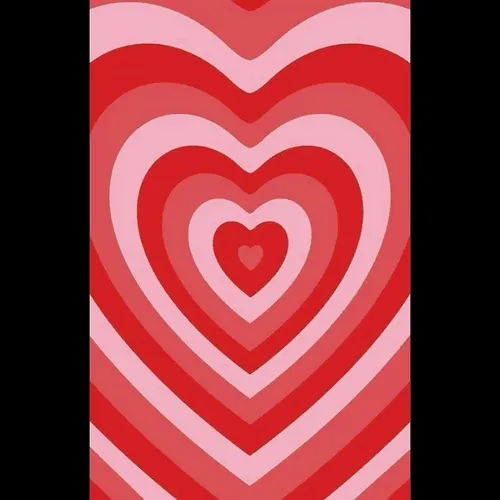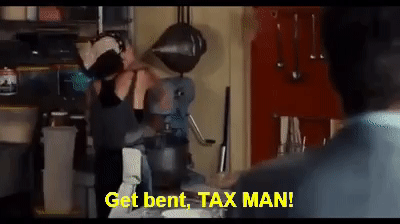This is part of my #1YearOfViz series! Check out the archive here: http://bourbonandbrains.blogspot.com/p/one-year-of-dataviz.html
Disclaimer: This viz is only calls I've MADE, not calls I've RECEIVED. There isn't really any way for IFTTT to track incoming calls and Project Fi (my provider) does have a data-dump utility but it doesn't have contact names etc in it. Additionally it's only limited to around Feb 2016 and Forward so the historical data isn't really there yet for me. Also this viz (thanks to the new Google Sheets connector in Tableau 10.0) will automagically update by itself as time goes on so the viz you're looking at now will be the most fresh version anytime you look at it!
For the last few years I've been keeping some details of my usage of various things (calls, wifi, etc) that I do with my phone in order to work more on what a lot of data scientists called the "Quantified Self". A little better self-understanding never really hurt anyone and understanding your own usage of things can be a good predictor of future needs as well as making behavioral changes.
I started logging all of my outgoing calls on April 24, 2014 and had a slight hiccup in data collection from 5/2/2015 to 12/18/2015 as I didn't know there was a problem with the IFTTT formula I was using and it stopped working until I checked on it. DOH!
Like the title suggests this was a pretty quick viz for me to throw together. Let's jump into the data! The first chart is just something I found interesting when the data is zoomed out to the topmost level. You think that you're making less phone calls and your talking less but according to my data (which again is largely incomplete from 2015) that's actually inaccurate. I'm making MORE calls in 2016 than in previous years!
The second viz is literally just a chart of all the breakdowns you can imagine for a phone call, Month of Year, Day of Month, Day of Week, and Time of Day.
And of all the strange things I found when I was doing the write-up for this viz I came across this gem...
The last one is the one I like the best, it shows frequency of contacts. I decided the most fun calculation was to see how likely I was to call a given person any given day. I calculated up how many days there had been total that I'd gathered data and divided by the count of days for each individual user to come up with a nice little percentage chance that you'll get a phone call from me!
If you really want to talk to me though you'll have to reach out to me either in the comment section below or via twitter @wjking0 (Or Click the giant Pusheen kitty below!).















